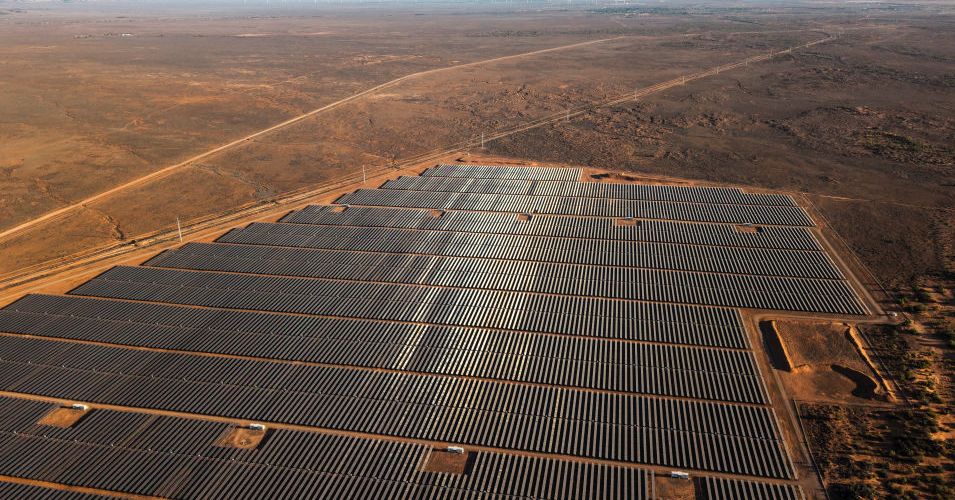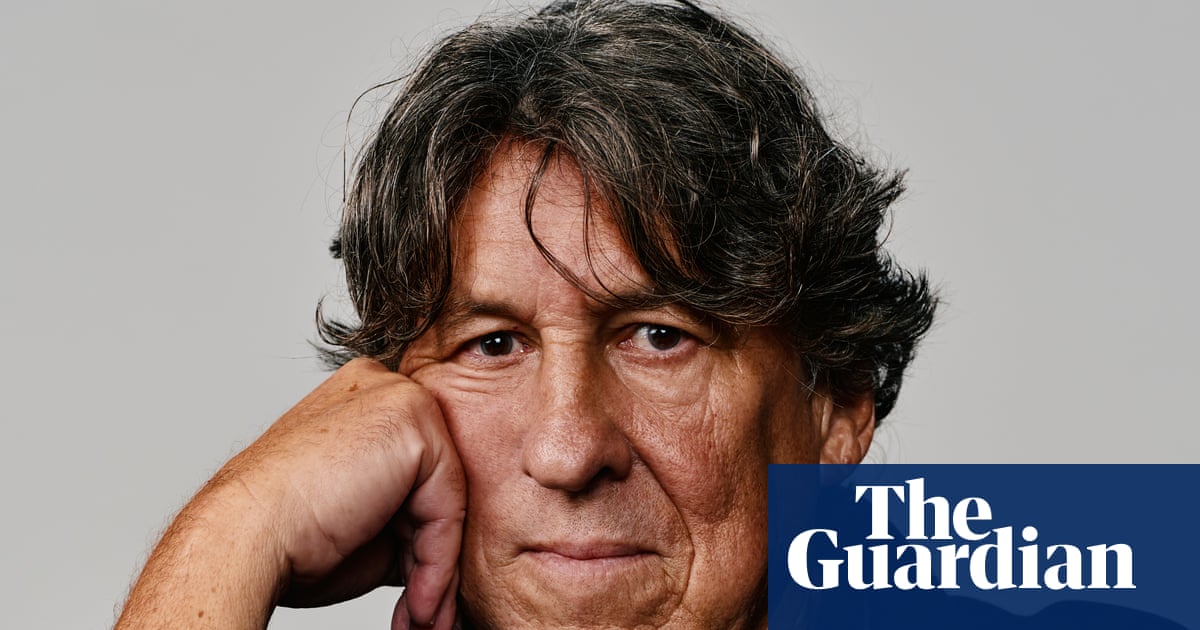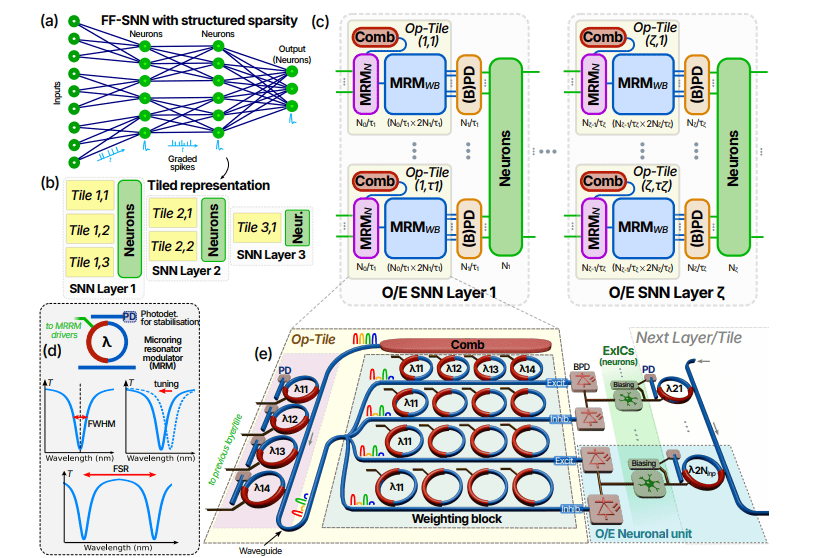“[The clutch] is like 1950s technology—it’s really boring,” Westerman said (“boring,” for grid operators, is the highest form of praise). “The marginal cost of putting this in is like nothing compared to the cost of the plant.”
A company called SSS has built these clutches for decades. One is nearly operational in the state of Queensland at the Townsville gas-fired plant, which Siemens Energy is converting into what it calls a “hybrid rotating grid stabilizer.” Siemens says this project is the world’s first such conversion of a gas turbine of this size.
That particular retrofit took about 18 months and involved some relocating of auxiliary components at Townsville to make room for the new clutch. So it’s not instantaneous, but far easier than building a new synchronous condenser from scratch, and about half the cost, per Siemens.
Some novel long-duration storage techniques also provide their own spinning mass. Canadian startup Hydrostor expects to break ground early next year on a fully permitted and contracted project in Broken Hill, a city deep in the Outback of New South Wales.
Broken Hill lent its name to BHP, which started there as a silver mine in 1885 and has grown to one of the largest global mining companies. More recently, the desert landscape played host to the postapocalyptic car chases of Mad Max 2. Now, roughly 18,000 people live there, at the end of one long line connecting to the broader grid.
Hydrostor will shore up local power by excavating an underground cavity and compressing air into it; releasing the compressed air turns a turbine to regenerate up to 200 megawatts for up to eight hours, serving the community if the grid connection goes down and otherwise shipping clean power to the broader grid.
But unlike batteries, Hydrostor’s technology uses old-school generators, and its compressors contribute additional spinning metal.
“We have a clutch spec’d in for New South Wales, because they need the inertia,” Hydrostor CEO Jon Norman said. “It’s so simple; it’s like the same clutches on your standard car.”
Transmission grid operator Transgrid ran a competitive process to determine the best way to provide system security to Broken Hill in the event it had to operate apart from the grid, Norman said. That analysis chose Hydrostor’s bid to simply insert a clutch when it installs its machinery.
The project still needs to get built, but if up-and-coming clean storage technologies could step in to provide that grid security, it wouldn’t all have to come from ghostly gas plants lingering on the system.
“It’s a different feeling [in Australia]—there’s a can do, go get ’em, ‘put me in coach’ attitude,” said Audrey Zibelman, the American grid expert who ran AEMO before Westerman. “When you’re determined to say how best to go about this, as opposed to why it’s hard or why it doesn’t work, the solutions appear.”






